IE 11 is not supported. For an optimal experience visit our site on another browser.
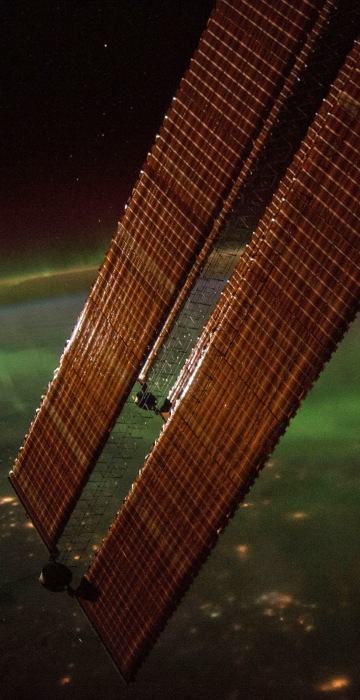
Space
Month in Space: January 2016
A flower floats in zero-gravity, the Challenger disaster remembered, a halo around the moon and more space highlights from January.
/ 15 PHOTOS

NASA Administrator Charles Bolden, left, and NASA Deputy Administrator Dava Newman take part in a \"Day of Remembrance\" ceremony to pay tribute to the crews of Apollo 1 and Space Shuttles Challenger and Columbia at Arlington National Cemetery on Jan. 28. Millions watched in horror as the shuttle carrying high school teacher Christa McAuliffe exploded shortly after takeoff on Jan. 28, 1986.
— Win McNamee / Getty Images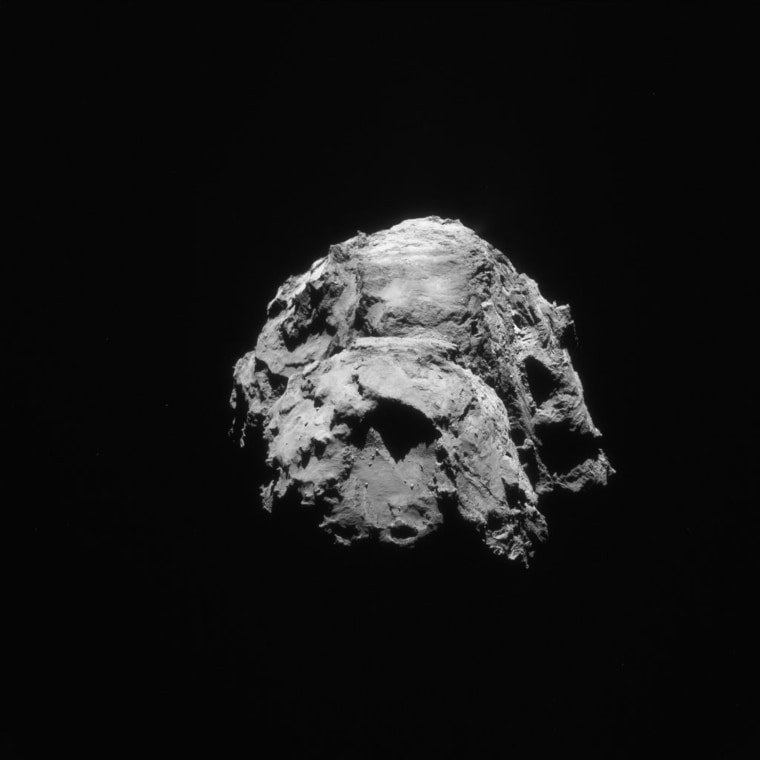
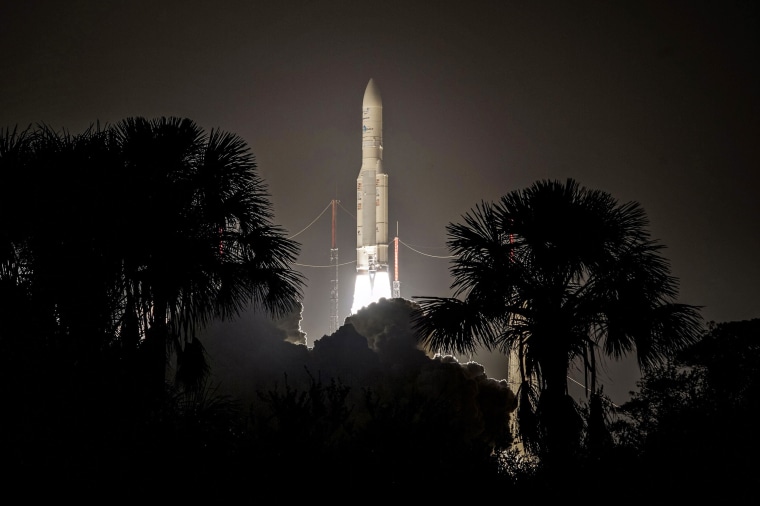
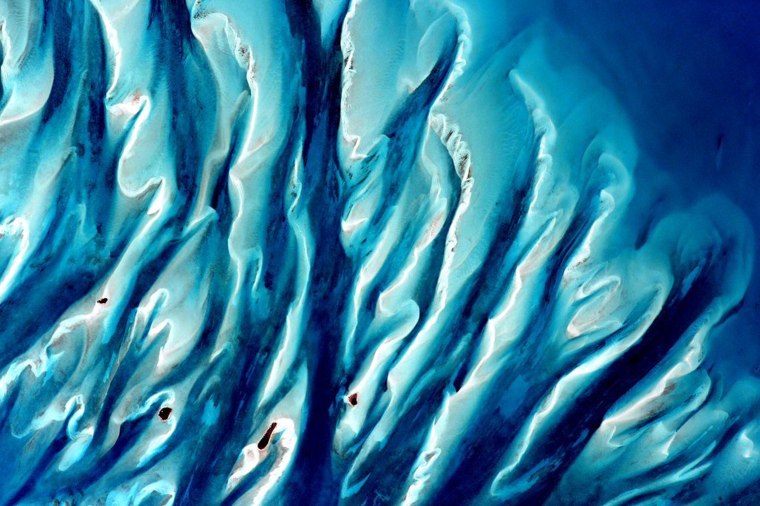
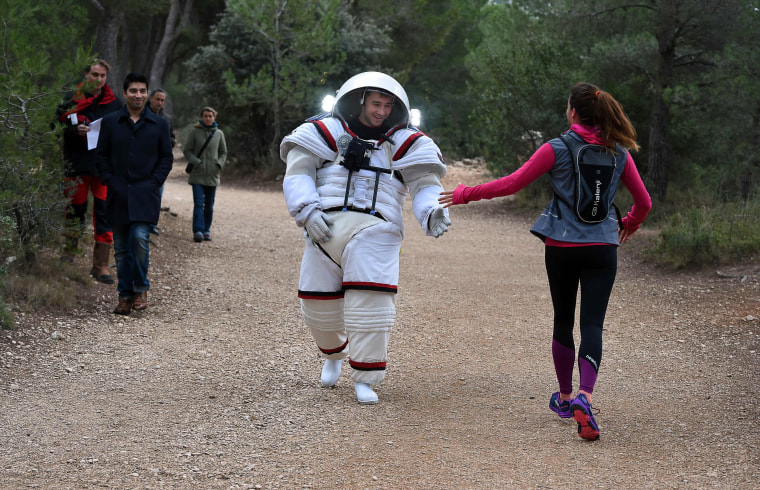
Arnaud Prost, an engineer at France's Compagnie Maritime d'Expertises, or Comex, greets a jogger as he tests the \"Gandolfi 2\" underwater training suit for on Jan. 20 in Marseille, France. The suit, developed with the European Space Agency (ESA), is designed to help astronaut's prepare for spacewalks.
— BORIS HORVAT / AFP - Getty Images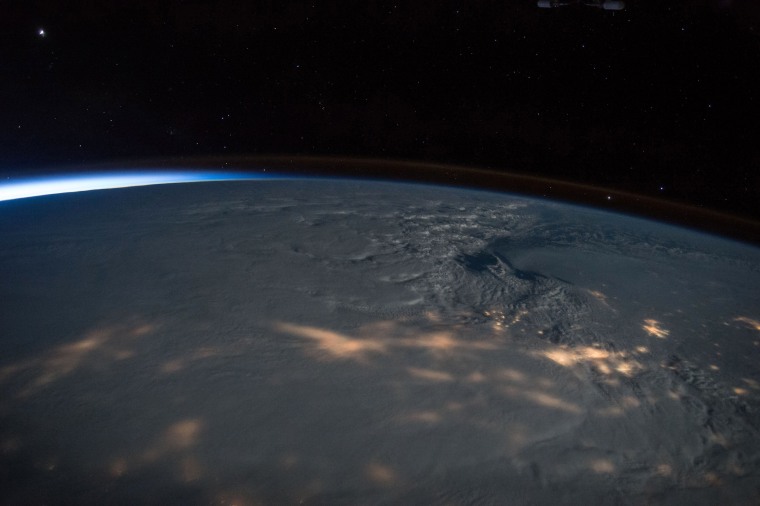
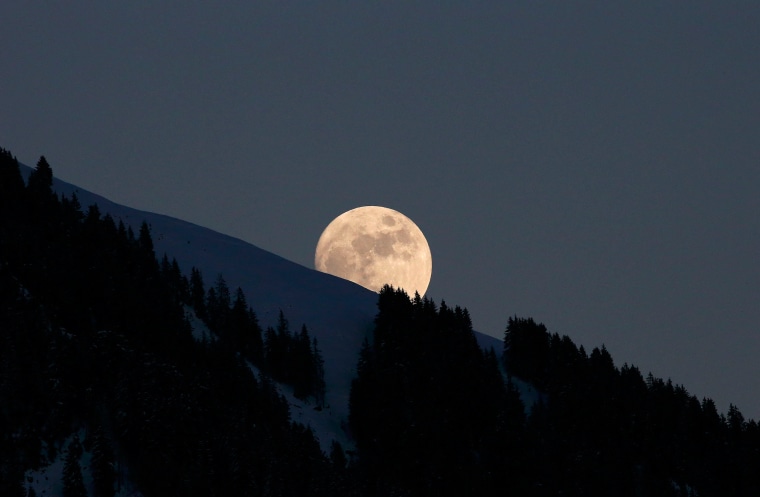

The star cluster Trumpler 14 is featured in this image captured by the Hubble Space Telescope and released on Jan. 21. One of the largest gatherings of hot, massive and bright stars in the Milky Way, this cluster houses some of the most luminous stars in our entire galaxy.
— NASA/ESA via AFP - Getty Images
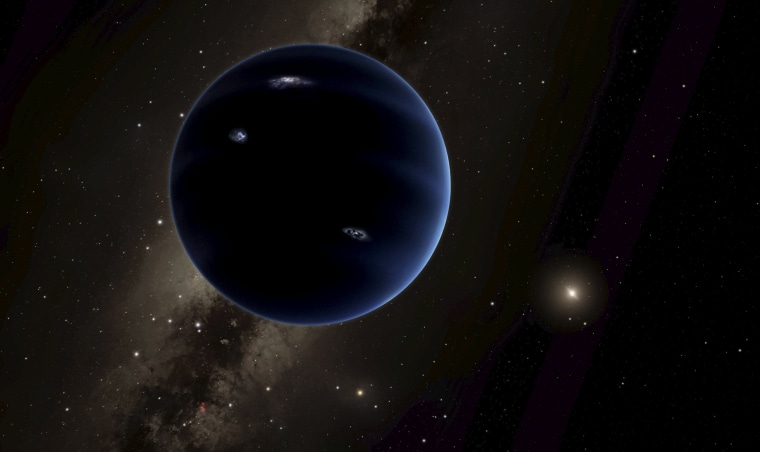
An artist's rendering released Jan. 20 shows \"Planet Nine,\" the name Caltech researchers have given to a new planet possibly lurking in the outer reaches of our solar system. The planet, if it exists, has a mass 10 times that of Earth and takes between 10,000 and 20,000 years to orbit the sun.
— R. Hurt / Artist's Rendering: Caltech via Reuters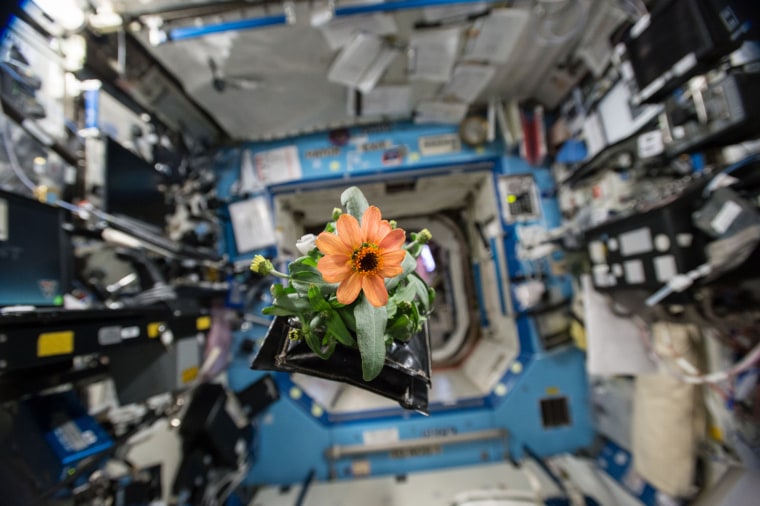
A Zinnia plant pillow floats through the U.S. Destiny Laboratory aboard the International Space Station on Jan. 22. The zinnias are part of the flowering crop experiment that began last year on Nov. 16 when NASA astronaut Kjell Lindgren activated the Veggie system and its rooting \"pillows\" containing zinnia seeds. The challenging process of growing the zinnias provided an exceptional opportunity for scientists back on Earth to better understand how plants grow in microgravity and for astronauts to practice doing what they'll be tasked with on a deep space mission: autonomous gardening.
— NASA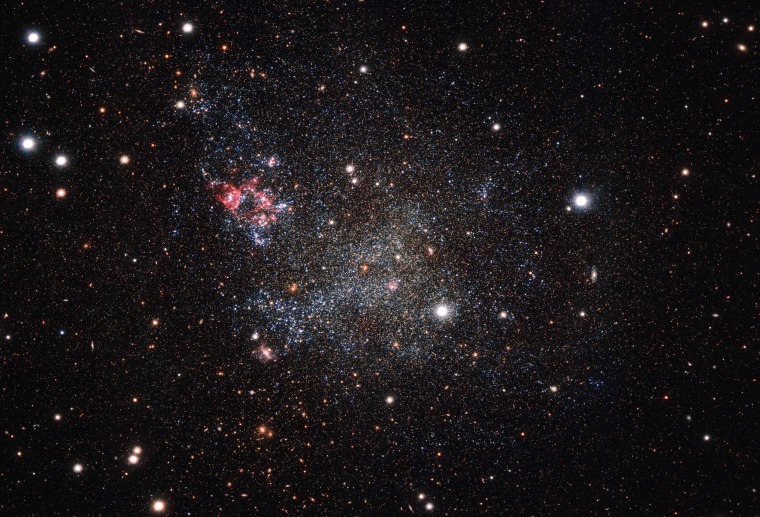
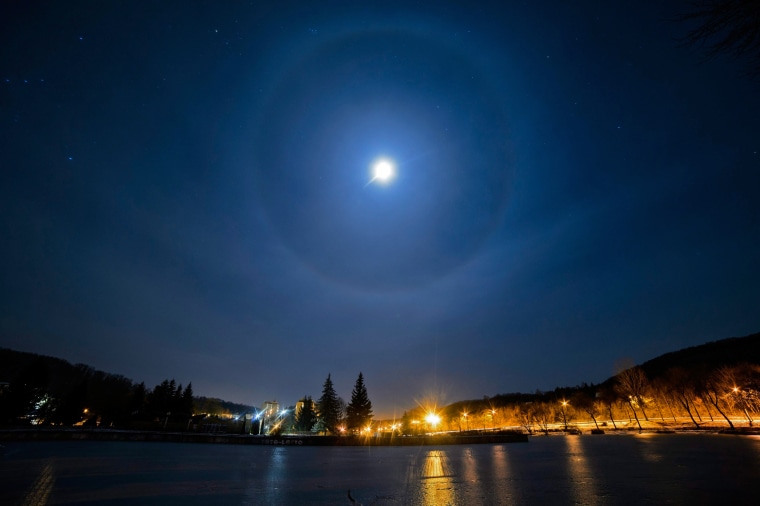
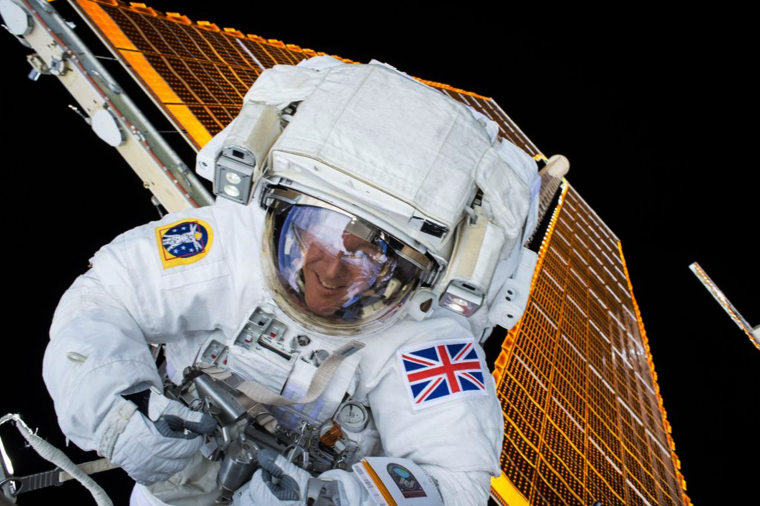

The spiral galaxy NGC 4845, located over 65 million light-years away in the constellation of Virgo appears in this NASA/ESA Hubble Space Telescope image released on Jan. 8. The galaxy’s orientation clearly reveals the galaxy’s striking spiral structure: a flat and dust-mottled disc surrounding a bright galactic bulge. NGC 4845’s glowing center hosts a gigantic version of a black hole, known as a supermassive black hole.
— NASA via Reuters1/15